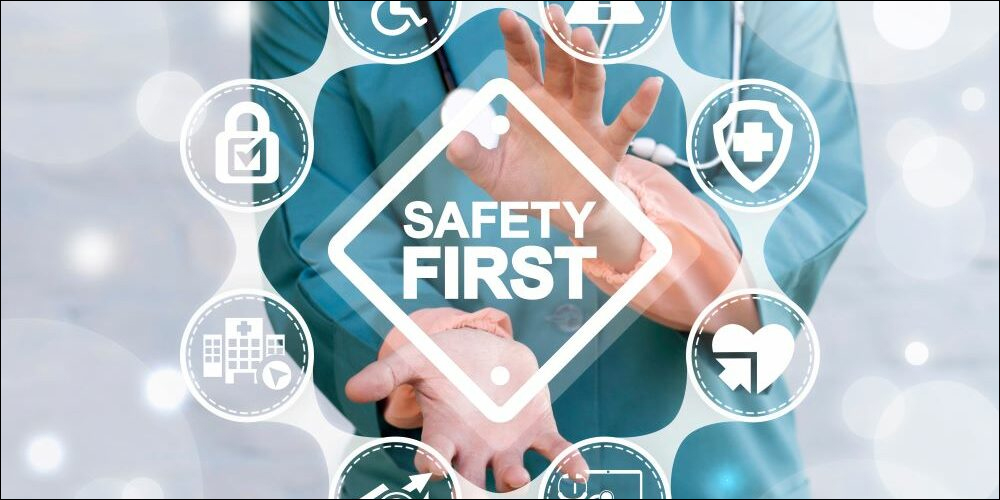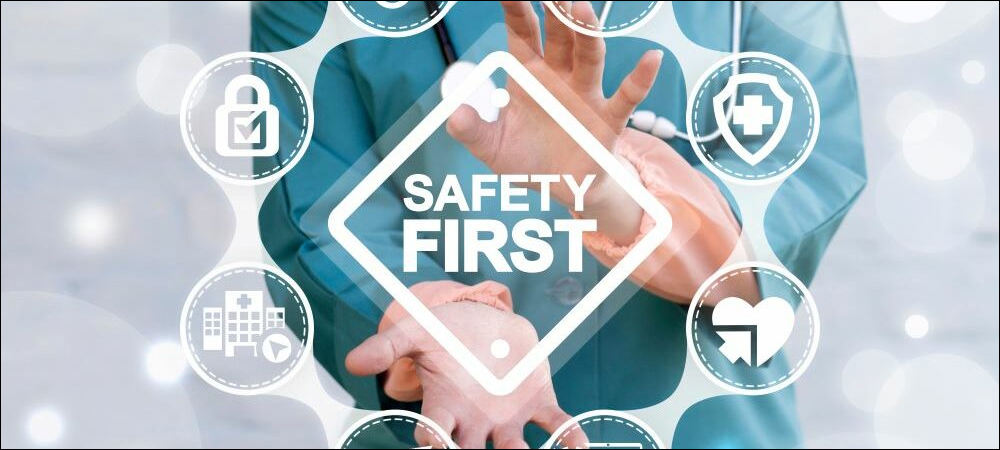RFID Journal LIVE! 2023 will feature end-user companies discussing RFID’s use in various industries, as well as exhibitors offering tagging solutions for multiple applications. To learn more, visit the event’s website.
Ed. Note: This article was previously posted at Campus Safety.
The rise of physical and verbal attacks inside hospitals leaves workers and patients feeling vulnerable, powerless and unsafe. Although workplace violence is never acceptable, it is especially problematic during today’s healthcare worker shortage. While legislative initiatives have attempted to address the growing challenge of hospital workplace violence, security technology plays an important role. One example is multi-layered security solutions that span everything from identity, access, and visitor management software to staff IDs with duress-alerting capabilities.

Mark Robinton
The latter is critical for protecting hospital staff by giving employees an easy and immediate way to alert the correct contacts if they are in danger, while also providing their real-time location. It also enables the hospital to centrally manage a response. Hospitals now piloting these types of duress-alerting solutions report that their nurses have less stress and more confidence that they work in a safer place than has been typical in a hospital environment.
Pandemic Prompts Move to Multi-Layered Security
Healthcare organizations have long wanted much more information about outside visitors who enter and exit their facilities: who they are, when they were there, where they went and, if they are still there, where they are now. COVID-19 exposed to hospital administrators just how valuable this kind of location awareness can be. If they’d had this capability, they could have easily implemented social-distancing and contact tracing, as many enterprise office buildings did to contain outbreaks. But with hospitals’ porous entrance and exit points and minimal visitor badging and management capabilities, all administrators could do to protect staff and patients early in the pandemic was to simply not let visitors into the facility at all.
As administrators slowly lifted these brute-force, zero-visitor policies, they resisted a return to how they managed visitors previously. They wanted to improve how they managed visitor access and permissions while also making their hospitals safer for staff members. To do this, they are actively investigating multi-layered access-management solutions that include the real-time location (RTLS) awareness they have always sought—initially to protect hospital doctors, nurses and healthcare staff by always knowing where they are, but potentially extending to guests and patients in the future. As they roll these solutions out, hospitals will improve efficiency and, most importantly, make their facilities safer in an increasingly violent environment.
The Required Elements: Visitor Management, RTLS, and Duress Badge Holders
Among the biggest requirements in creating a safe and secure healthcare environment is the ability to regulate access and traffic flow for patients, visitors and contractors. Today’s integrated visitor and patient-management solutions enable this regulation while providing hospitals and patients the flexibility to tailor their visitation policies. This, for example, includes the option to support designations of pre-approved and disallowed visitors.
Also important to the visitor management experience is the ability to preschedule visits by allowing visitors and vendors to submit essential information and receive a confirmation. This is a big improvement over legacy solutions that rely on a static badge or escort to provide proper access privileges. Additionally, it ensures that visitors can only access the ward, building, or floor where they are permitted.

Today’s solutions also enable visitors to be managed at an individual location or across multiple campuses and facilities. Front-desk efficiency and the overall visitor experience are improved through self-service tools, such as check-in/check-out kiosks and web portals for all visitors, including inpatients, outpatients, and immediate relatives. Reception staff can ensure proper visitor access by running checks and reviewing internal and external watch lists.
Once the visitor and patient management layer is implemented, the next layer is knowing where hospital staff members are in the facility—in real-time—and giving them a way to signal they are in danger. This is done with badge holders that feature a discreet button for staff—and especially nurses—to push when they want to call for help.
These “duress” badge holders can be used to frame an existing employee badge so that a caregiver can call for help without anyone else knowing. Of course, there are many ways to call for help on a hospital campus, but if the attacker knows that help is being summoned, the situation could get worse. When nurses push these buttons (either on the backside of the badge holder or the sides of a keyfob), an LED on the back will blink and an alert is sent to the cloud when in range of a connected gateway. These gateways are generally installed across the campus or building. This triggers one of many possible policy-based workplace violence events in response to the distress or notification signals and their location.
There also is the option of adding patient management using Bluetooth Low Energy (BLE) beacons that are worn around the wrist like a watch. These wristbands identify patients and support real-time location applications, streamlining patient admissions through discharge while saving time and money, cutting human error, and increasing patient satisfaction. The wristbands also may be used along with hospital staff duress-alerting badge holders for a complete RTLS solution.
Pilots Validate Workplace Violence Prevention Benefits of Multi-Layered Security
The duress-alerting capabilities of today’s multi-layered systems were piloted by one of the leading education, research, and education medical centers in the world with multiple locations in the U.S. The facility’s administrators want to create a safer environment for its medical and administrative staff by regulating the flow and access of visitor, contractor and vendor populations after hours. When surveyed about their impressions of the pilot implementation, 81 percent of surveyed healthcare staff said they had decreased stress levels, 85 percent felt safer, and 86 percent said they believed security increased at their facility.
When exploring these and other multi-layered hospital system capabilities that address workplace violence and other safety concerns, hospital administrators should look for visitor and patient management solutions that easily integrate with current HR, IT, and access control systems. The solution also should adhere to CDC, local health department, Joint Commission, and HIPAA rules and regulations, and support consistent standard policies, audit attestation, and out-of-the-box reporting.
Investing in this type of solution, including RTLS-based location awareness and duress alerting capabilities, will pay off in a more secure, efficient and convenient hospital environment for patients, workers, and visitors alike. Its ultimate value, however, is the reassurance it brings to those who are providing or receiving medical care and comforting their loved ones. Peace of mind can be a powerful medicine.
Mark Robinton is HID Global‘s vice president of IoT services.


